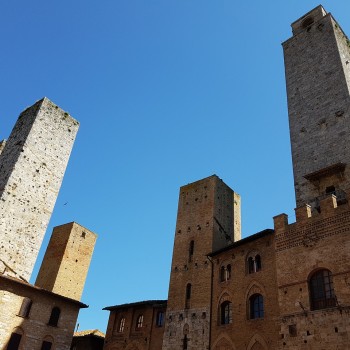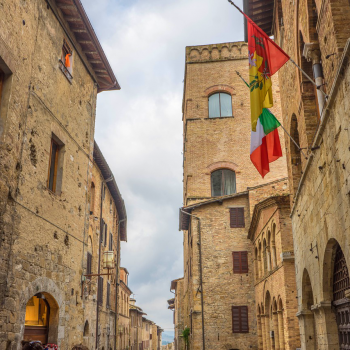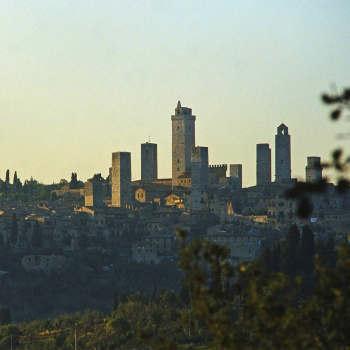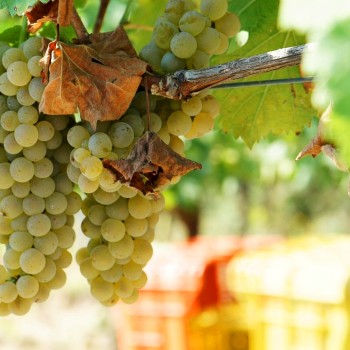The beauty of San Gimignano has remained intact through the centuries, as though frozen in time. Still today, almost all of the buildings in the historic centre are as they were in 1300, before the town submitted to Florentine rule. After that, San Gimignano went into economic and cultural decline; its new status precluded practically any modernisation of its urban plan or architecture – and so it has remained one of the finest examples of a medieval city to have come down to us, and a UNESCO World Heritage site. At its moment of greatest splendour, San Gimignano counted an amazing 72 towers. Although only 13 are still standing to their full height, around town are many examples of other towers scamozzate (‘cut off’) to the height of houses.




